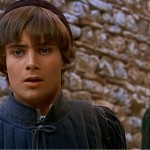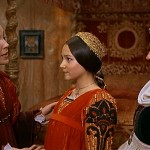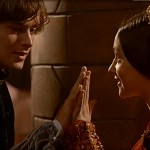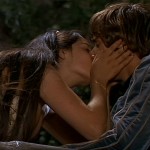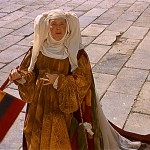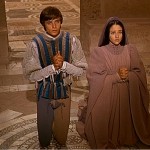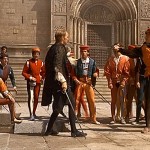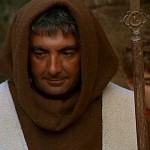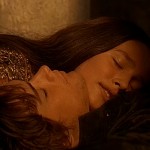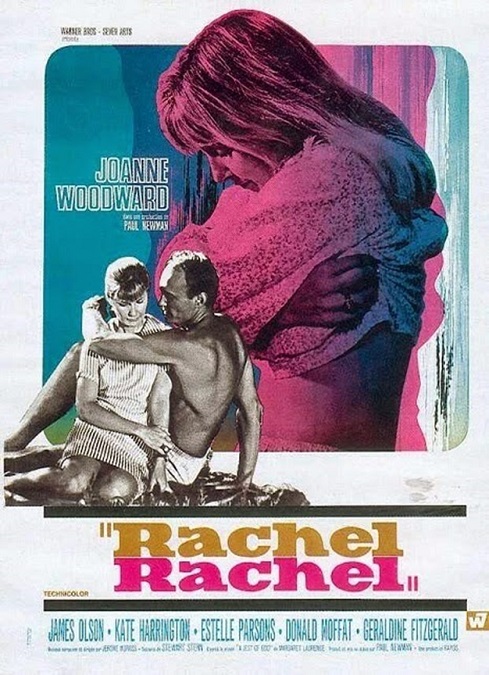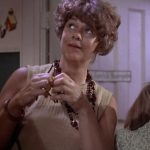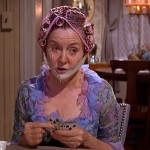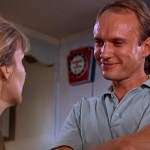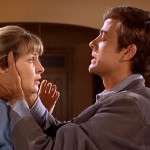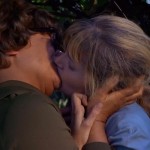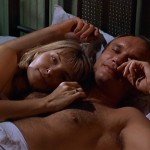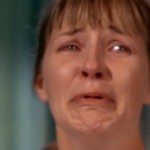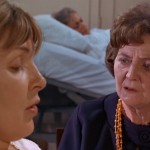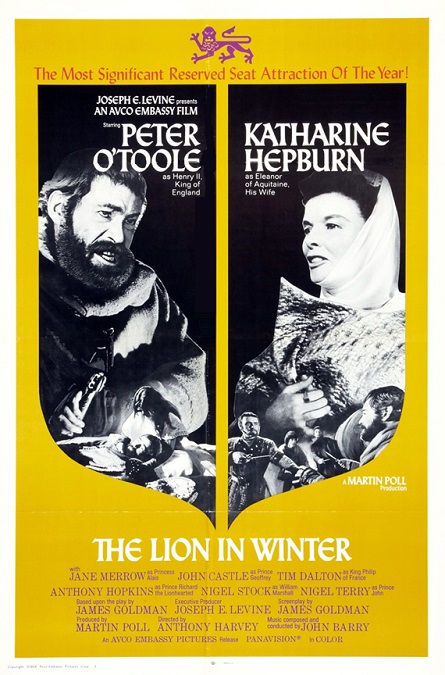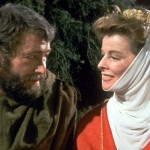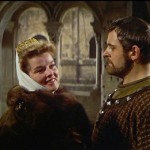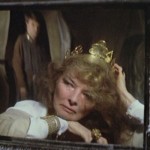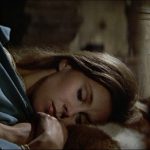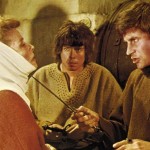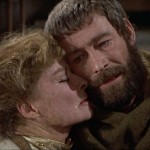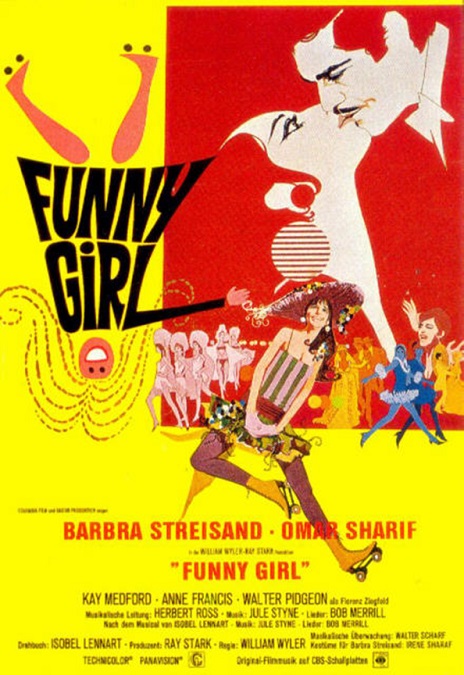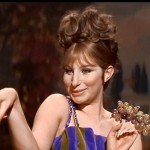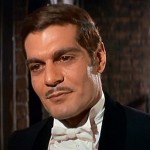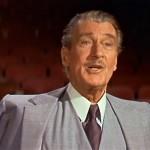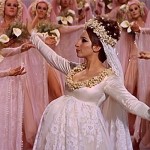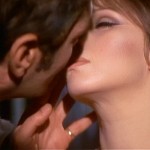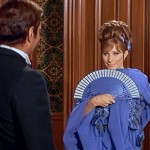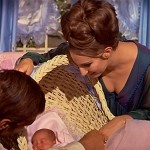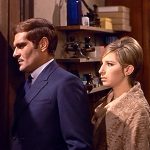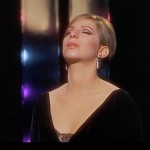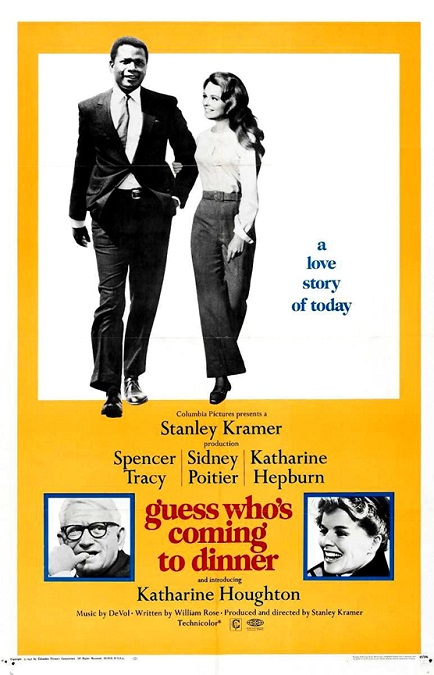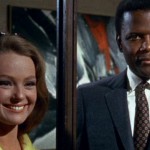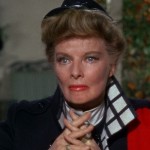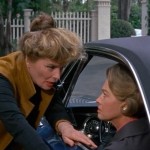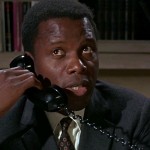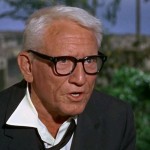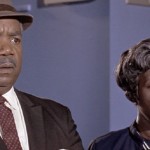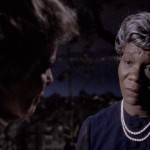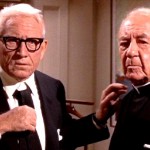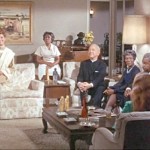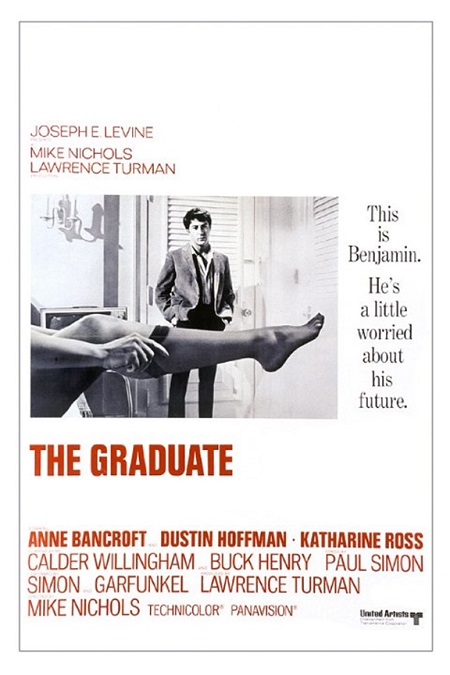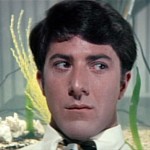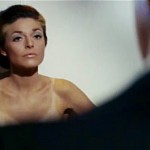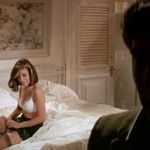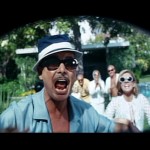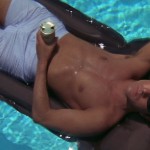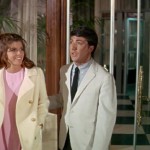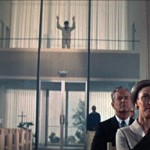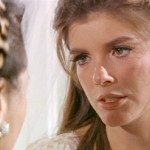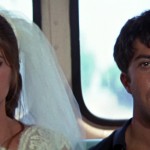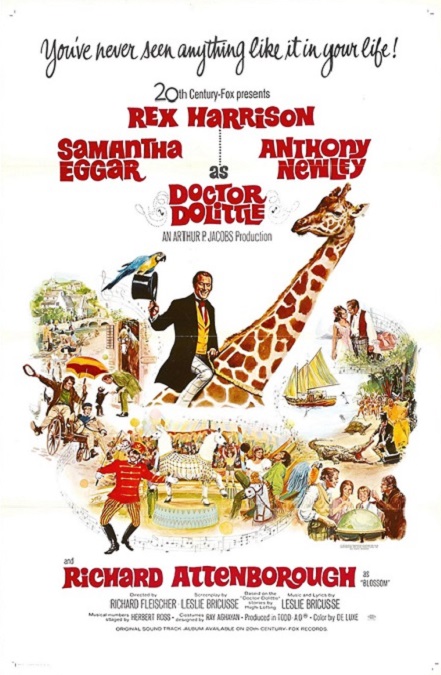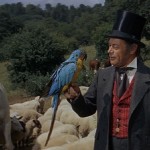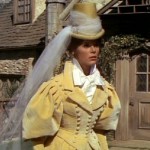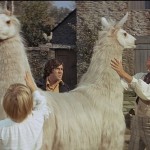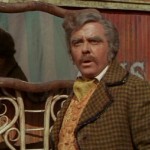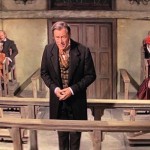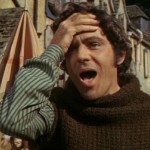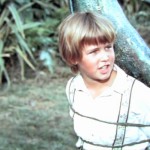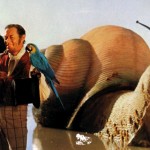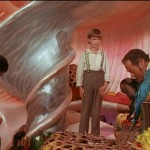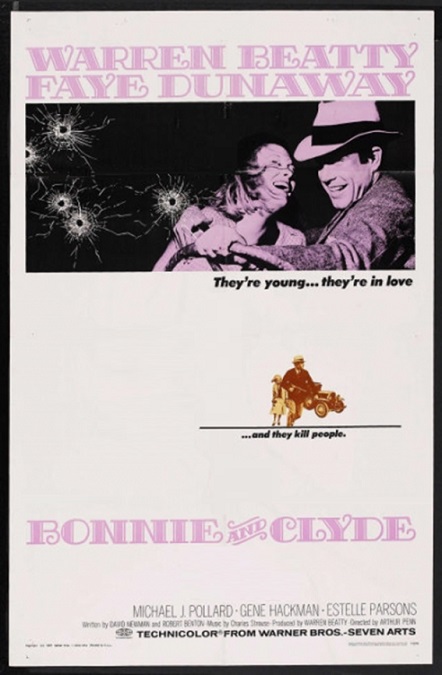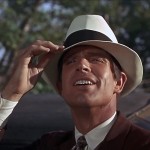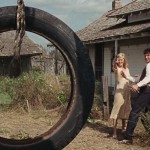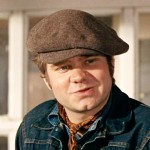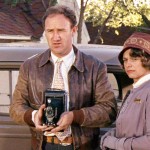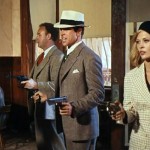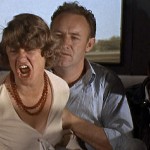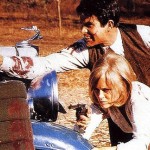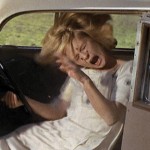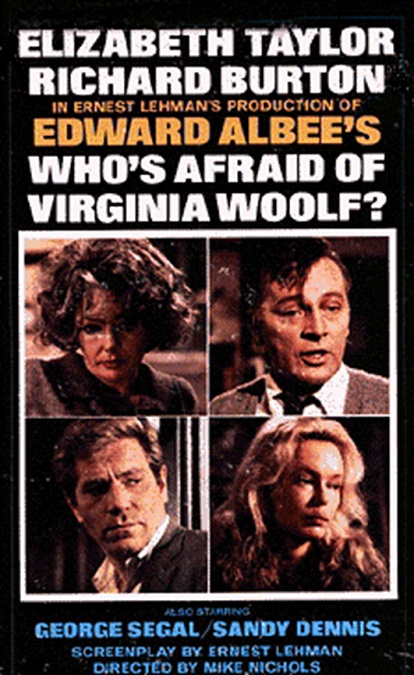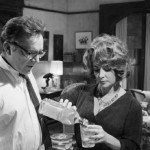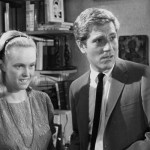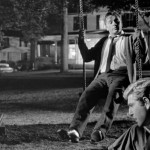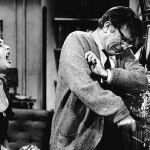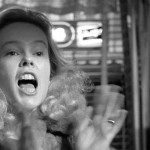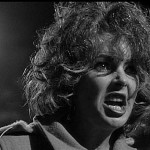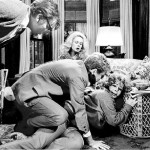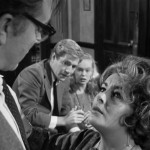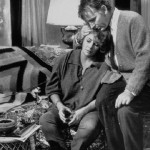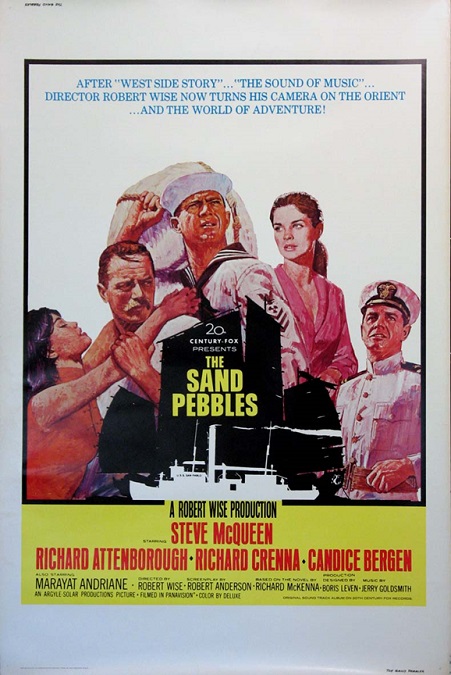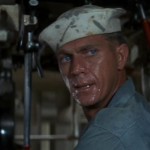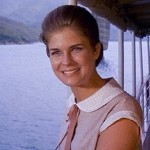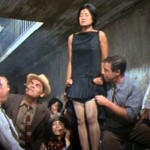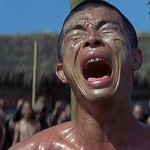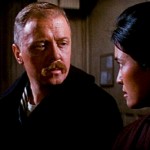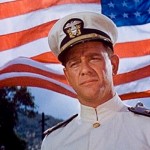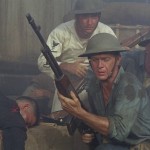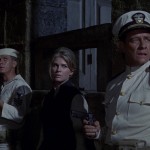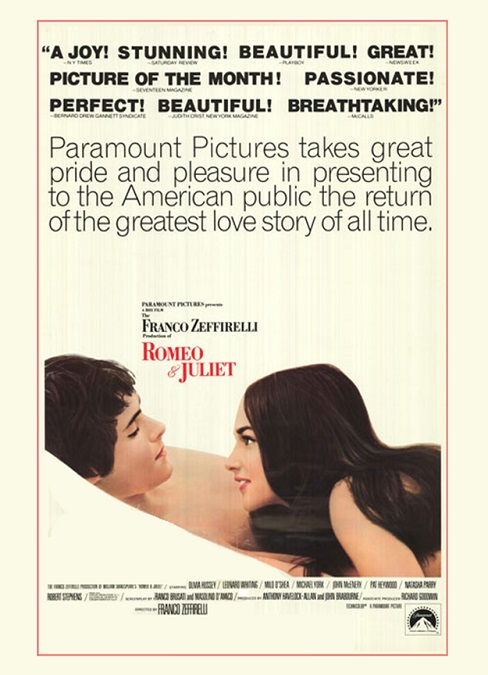
Romeo and Juliet – 1968
I’ll start off by saying that this was, bar-none, a vastly improved telling of Shakespeare’s play about the star-crossed lovers than the previous version that was nominated for Best Picture in 1936. The acting was better. The casting was better. The costumes and sets were better. The directing choices were better. The adherence to the source material, while not perfect, was better. The movie was so much more enjoyable to watch.
Romeo and Juliet has to be one of The Bard’s most popular plays, second only to Hamlet. The tragic tale of the two young lovers is passionate and engaging. The dialogue is poetic and romantic. Everyone always thinks of it as such a great romance story, and I have to disagree. A true romance is one that takes time. The story of Romeo and Juliet takes place over the course of a few days, a week at most. This is a story of teenage lust.
However, the original play has, as is generally the case with films of Shakespeare plays, been hacked, slashed, and rearranged to quicken the pace and remove anything that might be confusing for modern audiences. An unabridged telling of the entire play would probably make for a 3 or 4 hour movie, and audiences might struggle to make sense of it all. In this version, many of the great nuances of the play have disappeared, and as far as I’m concerned, several of the wrong things were cut.
I’ll name three things, to be specific. First, in the beginning, the movie never explains why, or over whom, Romeo is so afflicted with melancholy. And thus, it is never explained why Romeo, as depressed as he supposedly is, agrees to crash the Capulet’s party. In the play he is pining over a girl named Rosaline, and he sees her name on the party’s guest list. He goes to the party to moon over her.
Another thing the film omitted is the plague that causes Friar Lawrence’s letter to go astray. But they get around that important plot point by introducing a new character from out of the blue who sees Juliet’s false funeral and runs to tell Romeo. Unfortunately, he finds Romeo before he receives the letter. Romeo immediately speeds away to Juliet’s grave, sees her supposedly dead, and pulls out the vial of poison. Huh? The scene with the apothecary was cut! When did he get the poison? Are we to assume he always carries a bottle of poison with him, just in case he might need it?
All that being said, they got so many things right. The casting was especially good. The actors all did a great job delivering the Shakespearean dialogue in a way that was, for the most part, understandable. And the director made the wonderful decision to cast age appropriate actors, especially the two leads. Olivia Hussy who played Juliet was, 15 years old, playing the 13 year old Capulet girl. The 16 or 17 year old Romeo was played by a 17 year old Leonard Whiting.
Other notable actors were John McEnery as Mercutio, Michael York as Tybalt, Milo O’Shea as Friar Lawrence, and Paul Hardwick and Natasha Parry as Lord and Lady Capulet. Pat Heywood also turned in a fantastic performance as The Nurse. She had just that perfect mixture of foolish busy-body and doting nanny that the character requires.
Franco Zeffirelli was nominated for Best Director for his work on the film, though he did not win. However, the film did win much-deserved Academy awards for Cinematography and Costume design. I especially loved the realistic looking costume design. For anyone who loves Shakespeare, I would recommend this movie for the wonderfully realistic visuals alone.
And lastly, I have to mention the incredibly well-choreographed fighting sequences. Whiting, York, and McEnery each had to have been coached in fencing to make the fighting scenes exciting to watch and believably executed. Either way, well done, everyone!
